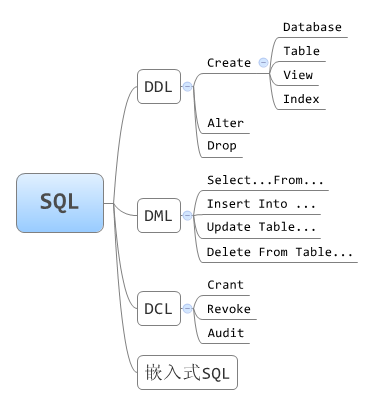Here are some examples of how you can use them. Sometimes, rather than retrieving individual records, you want to know something about a group of records. To get the managers and their direct reports, you use the GROUP BY clause to group employees by the managers and use the COUNT function to count the direct reports.

The text, image, and ntext data types cannot be used in a HAVING clause. AVG(titles.price) FROM titles INNER JOIN publishers ON titles. The HAVING Clause enables you to specify conditions that filter which group appear in the. ORDER BY Several Columns Example. The WHERE clause places conditions on the selected columns, whereas the HAVING clause places conditions on groups created by the GROUP BY clause.
HAVING is usually used in a GROUP BY clause, but even if you are not using GROUP BY clause, you can use HAVING to function like a WHERE clause. Only include countries with more than customers. I hope this is very useful for beginners and intermediate to help them understand the basic concept.
It specifies the search condition for the group or aggregate. It is mostly used when a GROUP BY is present, if one isn’t there is an implicit single aggregated group. The SELECT statement used in the GROUP BY clause can only be used contain column names, aggregate functions, constants and expressions. The HAVING clause is used to restrict the returned by the GROUP BY clause.
Everyone has already mentioned that HAVING is for aggregate data, like SUM and MIN and you can put those two conditions in your WHERE clause. The following query selects all the orders that have at least line items. We use the COUNT function with the HAVING and GROUP BY clauses. First, the GROUP BY clause groups the sales order by customer and order year.
The COUNT() function returns the number of orders each customer placed in each year. Secon the HAVING clause filtered out all the customers whose number of orders is less than two. Then, the HAVING clause filters all orders whose values are less than or equal to 00000. B) Oracle HAVING with complex condition example.
You can use a complex filter condition in the HAVING clause to filter groups. SQL Order of Execution. Unsubscribe from Gregory Thomas Hay? Davi I think we can use Having without Group By also.
Naom, your post actually explained over the Sequence during their execution, but my question was sequence during their usage. Combining the two: WHERE and HAVING. Order by will be executed at the last time. Having clause is used to filter data based on the group functions.
This is similar to WHERE condition but is used with group functions. Group functions cannot be used in WHERE Clause but can be used in HAVING clause. The sort criteria do not have to be included in the result set.
To contact the author click here. Calculate the number of customers in all states except NY, show states with more than ten customers, and sort by biggest number of customers. For example, you can use the HAVING clause to answer questions like finding the number orders this month, this quarter, or this year that have total sales greater than 10K. Once above order is memorized it guides the basic construction of SELECT statement.
Oracle sorts query in ascending order by default.
Nincsenek megjegyzések:
Megjegyzés küldése
Megjegyzés: Megjegyzéseket csak a blog tagjai írhatnak a blogba.